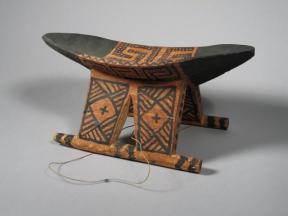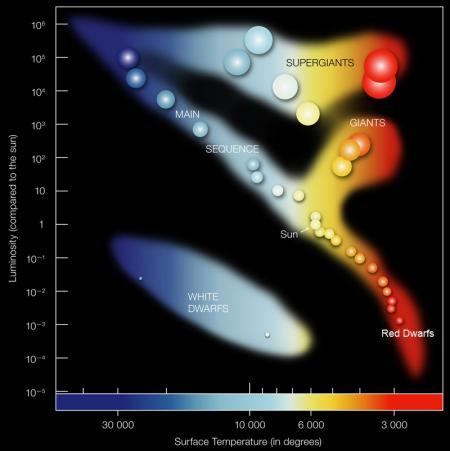Crow Gun Case
This Crow gun case was collected by Colonel J. J. Upham, a Milwaukee native, during his military service in the mid- to late 1800s on the Western frontier. Upham collected a variety of American Indian materials while stationed at military forts. His collection was donated to the Museum by his wife shortly after his death in 1898. The gun case is an excellent and rare example of Crow leather craftsmanship and bead working ability.


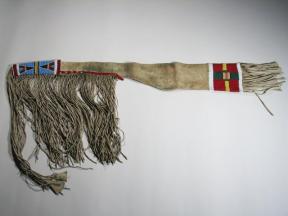
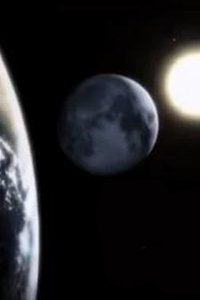 This Planetarium program explores the relationship between the Earth, Moon, and Sun with the help of Coyote, an amusing character adapted from Native American oral traditions.
This Planetarium program explores the relationship between the Earth, Moon, and Sun with the help of Coyote, an amusing character adapted from Native American oral traditions. 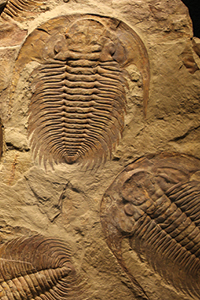 Spend the day at MPM and immerse yourself in Wisconsin's history!
Spend the day at MPM and immerse yourself in Wisconsin's history!